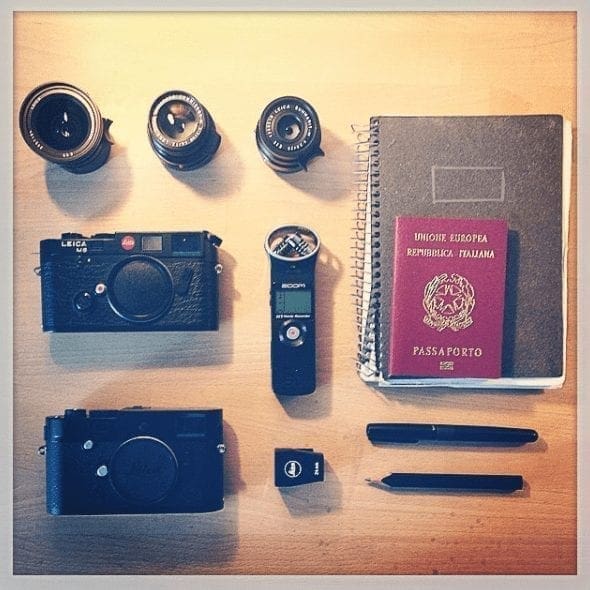Details are crucial when you are telling a story. And taking notes is also essential in photography. From the names of the people involved to the chronology of events to the form the text should take to engage the reader.
We sometimes make the mistake of not writing this piece of information, thinking that we can retrieve it later somehow, perhaps through a photograph or by looking online or digging into our memories. And one falls into this error out of laziness or carelessness.
Thinking about writing a story is an act of planning: not only the topics to talk about must be carefully chosen, because not all of them have the same importance in the story we are going to tell, but also the words. “Words are important,” said a well-known actor in an equally famous movie. And they are. They can involve or leave one indifferent. Sometimes they can do more harm than good. It is not a matter of placing subject-verb-predicate one after the other but it is important to compose a thought musically with its own logic and coherent development. To inform, to excite and to ‘capture’. To make the reader say he wants to read our words again, to follow us.
Also, by writing on paper immediately, you give dimension to your thoughts and stay more focused. Have you ever tried listening to a person and jotting down excerpts of what they are saying? The difference is abysmal.
Therefore, when you go to tell a story, take a notebook and a pen so you can jot down pieces of information and details to build the tale. Because taking notes is essential, even in photography.



